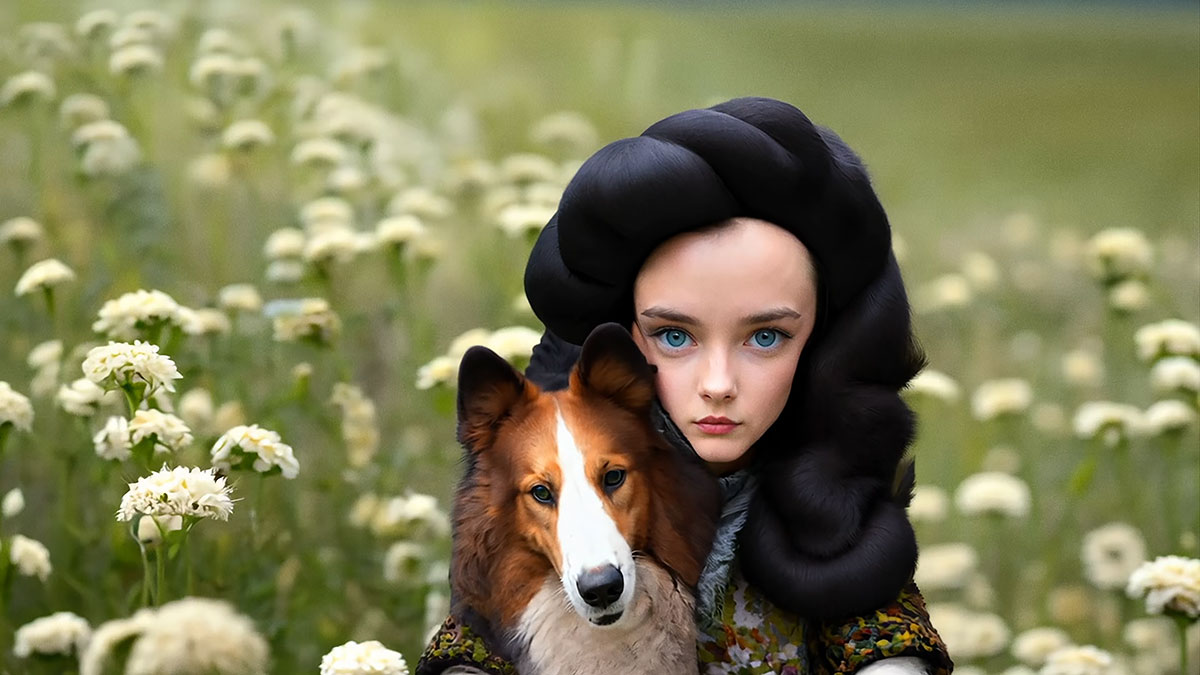
Laurie Simmons (b. Long Island, New York, 1949)
Part of a generation raised on television and advertising, Laurie Simmons came of age as an artist in New York in the 1970s and 1980s. Amidst the city’s diverse and vibrant urban back drop, the artist absorbed the idea that identity in the United States is multifaceted, but also homogenized through a blitz of cultural signs. From the early years of her career, Simmons has staged scenes of the “American dream,” focusing particularly on manufactured gender constructs and constraints in her photographs, videos, and films. Offering a window into the flip side of growing up in the US, her observations of archetypal Western gender roles are as potent today as they were in the mid-1970s.
Simmons’s imagery comments on prescribed and outmoded beauty and gender standards while celebrating gender diversity and individualism. Often depicting isolated figures, her work has an idealistic side, but many of her images are equally infused with a sense of downheartedness. Her figures—sometimes dolls or cutouts, other times real people made to look like mannequins—may not come from real life, but they certainly mirror the complexities of real people.
Since 2022, Simmons has combined autofiction with AI to create fantastical new chapters in her lifelong exploration of identity. Recognizing that AI is in its nascent stages, Simmons has said that she works in collaboration with it, understanding both its strengths and its weaknesses. In this body of work, the artist depicts images of herself with her dog, Penny. This imagery begins as AI text-to-image versions of Simmons and of collies (Penny’s breed). In Diaries of Home, the resulting images are animated and are part of a three-part video, Autofiction, 2024.
The first chapter, “Home,” presents scenes of domestic homes with swimming pools, providing a sense of physical space that evokes Simmons’s characteristic emotional tenor. In these images, domestic life is presented with a mixture of isolation, romanticism, and the existential notion that truth and reality are constructed and fictionalized. In chapter two, “Laurie & Penny,” the AI figure “Laurie” is seen at different ages with varying styles and looks, as is “Penny.” The two appear in a variety of countryside scenes, in images tinged with melancholy, happiness, and love that speak to the importance of pets as family members.
In the final chapter, Simmons displays a body of work informally known as “Waiting,” in which individual young women collectively convey an apathy that is specific to the present day: scrolling on their phones, for example, they express loneliness, boredom, and anxiety. Seemingly isolated from one another, the group of young women is nonetheless a community, of a sort.
Laurie Simmons, still image from Autofiction, 2024, Video, 4 minutes, 36 seconds. Laurie Simmons. © Laurie Simmons

